Search results for: 'hg6 64 1'
-
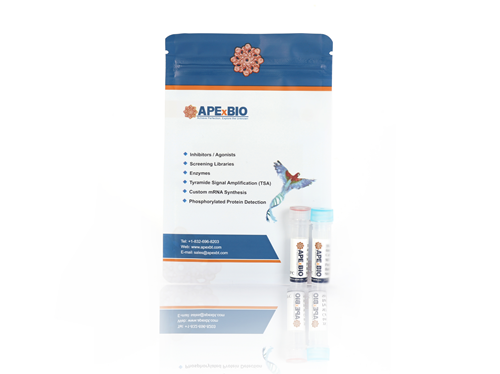 R1007 ARCA EGFP mRNA (5-moUTP)Summary: New modification with better performance --- direct-detection reporter mRNA that suppresses RNA-mediated innate immune activation, used as control to study transfection and expression in mammalian cells.
R1007 ARCA EGFP mRNA (5-moUTP)Summary: New modification with better performance --- direct-detection reporter mRNA that suppresses RNA-mediated innate immune activation, used as control to study transfection and expression in mammalian cells. -
 R1005 Firefly Luciferase mRNA (ARCA, 5mCTP, ψUTP)Summary: Better performance of firefly luciferase mRNA modified by ARCA, 5mCTP and ΨUTP, inhibiting RNA-mediated innate immune activation, stable and efficient expression efficiency, used as an experimental control.
R1005 Firefly Luciferase mRNA (ARCA, 5mCTP, ψUTP)Summary: Better performance of firefly luciferase mRNA modified by ARCA, 5mCTP and ΨUTP, inhibiting RNA-mediated innate immune activation, stable and efficient expression efficiency, used as an experimental control. -
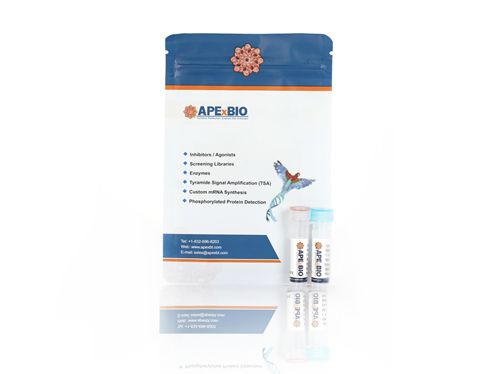 R1008 ARCA Cy3 EGFP mRNA (5-moUTP)Summary: 5-moUTP-modified mRNA with better performance, Cy3 tag, direct-detection reporter mRNA that suppresses RNA-mediated innate immune activation, used as control and tool for determining mRNA delivery and localization.
R1008 ARCA Cy3 EGFP mRNA (5-moUTP)Summary: 5-moUTP-modified mRNA with better performance, Cy3 tag, direct-detection reporter mRNA that suppresses RNA-mediated innate immune activation, used as control and tool for determining mRNA delivery and localization. -
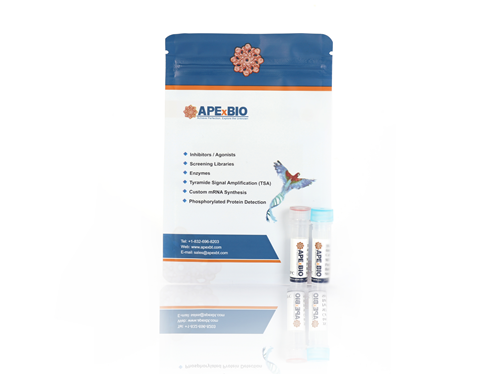 R1009 ARCA Cy5 EGFP mRNA (5-moUTP)1 CitationSummary: 5-moUTP-modified mRNA with better performance, Cy5 tag, direct-detection reporter mRNA that suppresses RNA-mediated innate immune activation, used as control and tool for determining mRNA delivery and localization.
R1009 ARCA Cy5 EGFP mRNA (5-moUTP)1 CitationSummary: 5-moUTP-modified mRNA with better performance, Cy5 tag, direct-detection reporter mRNA that suppresses RNA-mediated innate immune activation, used as control and tool for determining mRNA delivery and localization. -
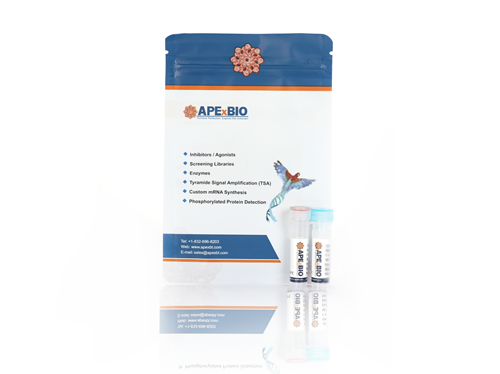 R1012 Firefly Luciferase mRNA (ARCA, 5-moUTP)Summary: Better performance of firefly luciferase mRNA modified by ARCA and 5-moUTP, inhibiting RNA-mediated innate immune activation, stable and efficient expression efficiency, used as an experimental control.
R1012 Firefly Luciferase mRNA (ARCA, 5-moUTP)Summary: Better performance of firefly luciferase mRNA modified by ARCA and 5-moUTP, inhibiting RNA-mediated innate immune activation, stable and efficient expression efficiency, used as an experimental control. -
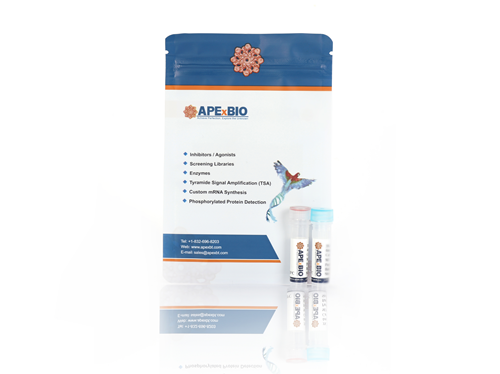 R1015 EZ Cap™ Cas9 mRNA (5-moUTP)Summary: Used with guideRNA for site-specific DNA cleavage in genome editing.
R1015 EZ Cap™ Cas9 mRNA (5-moUTP)Summary: Used with guideRNA for site-specific DNA cleavage in genome editing. -
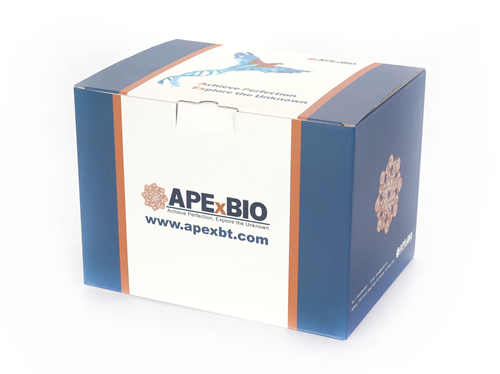 BA2898 LCS3Summary: LCS3 is a reversible and non-competitive inhibitor of glutathione disulfide reductase and thioredoxin reductase 1 (3.3 μM and 3.8 μM, respectively).
BA2898 LCS3Summary: LCS3 is a reversible and non-competitive inhibitor of glutathione disulfide reductase and thioredoxin reductase 1 (3.3 μM and 3.8 μM, respectively). -
 BA5234 RTICBM-189Summary: RTICBM-189 is a potent, cannabinoid type 1 receptor variant modulator that crosses the blood-brain barrier at 7.54 in the Ca mobilization assay.
BA5234 RTICBM-189Summary: RTICBM-189 is a potent, cannabinoid type 1 receptor variant modulator that crosses the blood-brain barrier at 7.54 in the Ca mobilization assay. -
 BA3183 PRO-6ESummary: PRO-6E is an orally active, ligand-based, degradable, with a maximum degradation rate of 81.9% of MET in MKN-45 cells at a concentration of 1 μM.
BA3183 PRO-6ESummary: PRO-6E is an orally active, ligand-based, degradable, with a maximum degradation rate of 81.9% of MET in MKN-45 cells at a concentration of 1 μM. -
 BA5823 RO5256390Summary: RO5256390 is an agonist of trace amine-associated receptor 1, a highly conserved G protein-coupled receptor (GPCR) bound by endogenous trace amines.
BA5823 RO5256390Summary: RO5256390 is an agonist of trace amine-associated receptor 1, a highly conserved G protein-coupled receptor (GPCR) bound by endogenous trace amines.

